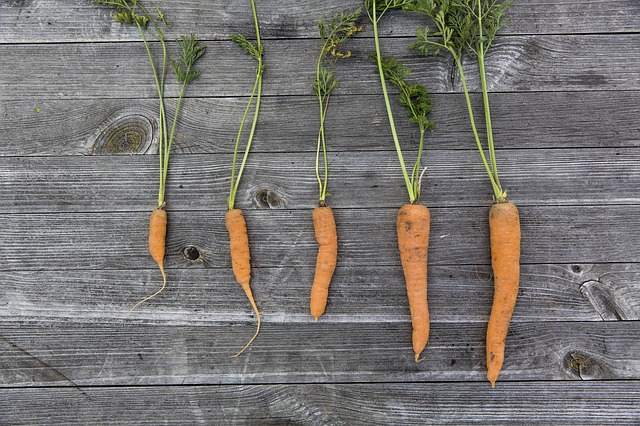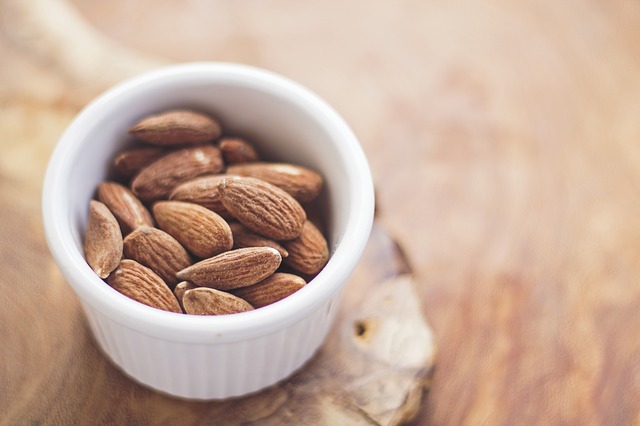Author:
Have you ever wondered about those tiny numbered stickers you find on produce at the grocery store? They’re called PLU codes, which stands for “price-look-up”, and there are over 1300 different codes! Notice how the cashier at the store weighs the produce and enters the PLU code at the cash register. This is how the computerized cash register knows how much to charge you for that item.
In addition, PLU codes help stores keep track of inventory. When you buy 2 lbs of bananas, the store knows its supply of “4011 bananas” just decreased by 2 lbs. The ease of check-out and the inventory features are the reasons PLU codes were created. They make life a little easier for retailers selling produce, and this is the incentive suppliers have to keep using PLU codes. This system is very beneficial to retailers, so they prefer to buy their produce from suppliers who have already gone to the trouble of classifying their items and labeling them with PLU codes.
PLU codes were never intended for consumers to use. They were created by the International Federation for Produce Standards (IFPS), and meant to ease the relationship between suppliers and retailers. However, savvy consumers can gain some valuable information about the produce they buy by using PLU codes themselves.
PLU codes are usually 4 digit numbers beginning with either a 3 or 4. To code the product as organic, a number 9 is added to the beginning. To code the product as genetically-modified (GMO), an 8 is added to the beginning. These are clues consumers can look for when shopping.
But it isn’t foolproof. Remember that it is advantageous for suppliers and retailers to label organic products differently. (with a number 9) If they are labeled differently, it is easier to charge more for them, so there is an incentive for organic products to be labeled with a 9.
However, countless studies and surveys have shown that people prefer NOT to eat genetically-modified foods if they can help it. Suppliers and retailers know that foods labeled as GMO will likely not sell as well as their conventional or organic counterparts, so the concept of labeling GMO foods is actually a DISINCENTIVE to sales.
Since using the PLU system is not mandatory or regulated by law in most areas, many suppliers of GMO produce choose not to label their items as GMO. They’ll get better sales if people can’t tell they’re buying GMO. Therefore, while organic products are usually labeled with a 9, genetically modified products are not always labeled with an 8. Talk about a crash course in marketing! How can you best sell the product? By telling people what is really in it….or not?
Another important point to make is that PLU codes are only used for produce that needs to be weighed. Usually, this means fruits and vegetables sold by the pound. Prepackaged produce, like berries in plastic containers, or a 5 lb bag of potatoes, will have a UPC code (a barcode) for scanning, rather than a PLU code. It’s all about making things easier for the retailer. If they can find a way to put a UPC code on something, that’s certainly easier for them than having to weigh the produce and enter a PLU code.
So take a look for PLU codes next time you’re in the produce section. It’s worthwhile to understand what they can and cannot tell you about the food you’re buying!


